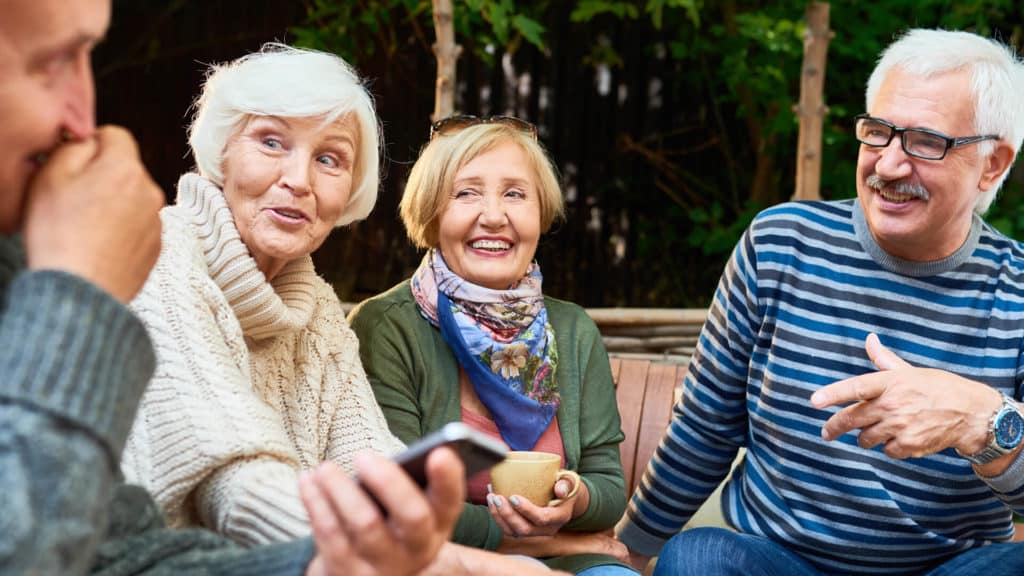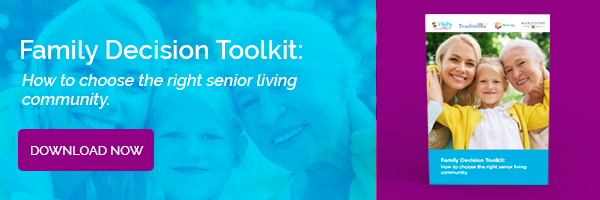Isolation can take a physical and emotional toll on an older adult’s health. So much so, in fact, that medical professionals classify isolation as a health risk for seniors. Depression is a common occurrence among older adults who live alone. Isolated seniors are more likely to develop high blood pressure, diabetes, cognitive decline, and even a shorter life than peers who are actively engaged with their families and communities. If you are a senior living alone, we have a few tips to help you stay connected as you grow older. From the social benefits of senior living communities to volunteering for a charitable organization, here’s what you can do to prevent senior isolation.
5 Steps to Staying Connected During Retirement
- Investigate senior organizations and programs.
Most communities have a wide range of opportunities for seniors to participate in. Exploring what those are and finding ways to join is one of the best ways to stay engaged in your local community.
Senior centers are a great way to meet new people and connect with peers. Most centers offer a wide range of activities that are free or of minimal cost, such as chair yoga, musical entertainment, art workshops, bridge tournaments, movie nights, and more. Many senior centers also serve a hot lunch for a nominal fee.
Other options to explore may be a senior group at your church or synagogue, retiree wellness programs at your local YMCA or fitness center, or even volunteer opportunities at a local nonprofit agency.
- Learn about senior-friendly transportation services.
One common reason seniors become isolated is a lack of transportation. If you’ve given up driving or cut back so you are driving only to medical appointments and the grocery store, you may be spending a lot of time at home alone.
Fortunately, most local communities have transportation options available. You can usually call your local agency on aging to obtain a list of services. You will likely find they have partnerships in place that are reliable and reasonably priced.
- Engage in frequent video chats
While enjoying a conversation with a friend or family member by phone is nice, connecting face-to-face is much more personal. On days when you aren’t able to connect with loved ones in person, use video chat to keep in touch. Skype and FaceTime are two easy ways for doing so. You can download the app to your tablet and have a near face-to-face conversation from your favorite spot on the sofa.
- Stay in touch using email and social media.
It’s a myth that older adults can’t master technology. If you haven’t done so already, set yourself up with an email account and possibly even a Facebook page. Both make it easy to discuss life’s daily ups and downs with friends, as well as share photos.
- Consider moving to a senior living community.
Senior living communities are another great way to avoid isolation during the retirement years. These communities give residents the opportunity to engage in activities and events every day. Residents can choose to be as active as they wish.
For more information on our senior living communities, contact us or schedule a tour of a community near you today!
Download the “Home Care vs. Senior Living Guide”
If you and your family are weighing up the benefits of senior living communities vs. home care, you may find yourself getting a little overwhelmed. This is a big decision to make with many factors to weigh. You might find our free resource, Home Care vs. Senior Living, to be of help. It’s designed to help your family make an informed choice.




